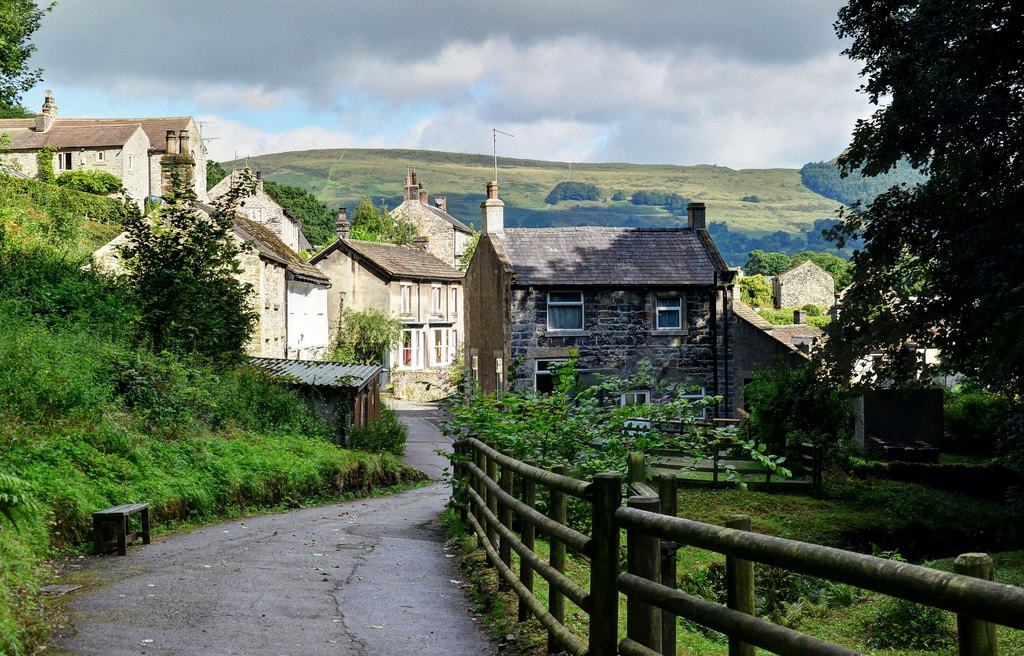Discovering Derbyshire: A Comprehensive Review

Derbyshire, located in the East Midlands of England, is a county known for its diverse landscapes, rich industrial heritage, historic landmarks, and cultural contributions. This comprehensive article provides an in-depth exploration of Derbyshire’s history, geography, economy, culture, notable landmarks, and its significance as a distinctive region within the United Kingdom.
History of Derbyshire
Derbyshire’s history dates back to ancient times, with evidence of human habitation from the Paleolithic era. The county’s name is derived from the city of Derby, its administrative center, which has Roman origins as the settlement of Derventio. Throughout history, Derbyshire has been influenced by various cultures, including Roman occupation and Anglo-Saxon settlements, which shaped its development as a strategic and economic hub in the Midlands.
During the medieval period, Derbyshire grew prosperous through agriculture, lead mining, and the production of textiles and pottery. The county’s market towns, such as Bakewell and Buxton, flourished as centers of trade and craftsmanship. In the Industrial Revolution, Derbyshire played a pivotal role in the development of textile mills, coal mining, and ironworks, contributing to Britain’s industrial growth.
Geography and Demographics
Derbyshire is situated in the East Midlands, bordered by South Yorkshire to the north, Nottinghamshire to the northeast, Leicestershire to the southeast, Staffordshire to the west, and Cheshire to the northwest. The county is characterized by its diverse landscapes, including the Peak District National Park, limestone dales, rolling hills, and picturesque valleys carved by rivers like the Derwent and the Wye.
The population of Derbyshire is diverse, with a mix of urban centers, market towns, and rural villages. Major towns and cities include Derby (the county town), Chesterfield, Matlock, and Buxton, each contributing to the county’s cultural and economic vibrancy.
Economy and Industry
Derbyshire’s economy is multifaceted, supported by various sectors:
- Manufacturing: Historically known for its textile mills, iron foundries, and pottery industries, Derbyshire continues to have a strong manufacturing base, with sectors such as aerospace, engineering, and advanced manufacturing driving economic growth.
- Tourism: The Peak District National Park attracts millions of visitors each year with its scenic beauty, outdoor activities, and cultural attractions, including Chatsworth House, Haddon Hall, and the Heights of Abraham.
- Agriculture: Agriculture remains an important economic activity in rural Derbyshire, with dairy farming, sheep rearing, and crop cultivation contributing to the county’s agricultural output.
Culture and Heritage
Derbyshire’s cultural heritage is celebrated through its historic landmarks, museums, festivals, and artistic traditions:
- Historic Landmarks: Derbyshire is home to notable landmarks such as Chatsworth House, the ancestral home of the Duke of Devonshire, known for its art collection, gardens, and architecture.
- Industrial Heritage: The county’s industrial heritage is preserved in sites such as the Derwent Valley Mills, a UNESCO World Heritage Site recognized for its role in the Industrial Revolution and the development of factory systems.
- Literary Connections: Derbyshire has literary associations with writers such as D.H. Lawrence, who drew inspiration from the county’s landscapes and communities in his novels and poetry.
- Festivals: Derbyshire hosts a range of festivals throughout the year, including the Buxton Festival, featuring opera, music, and literary events, and the Bakewell Show, showcasing agricultural displays, crafts, and local produce.
Education and Research
Derbyshire is home to educational institutions that support its cultural and economic development:
- University of Derby: Offers undergraduate and postgraduate programs across disciplines such as business, engineering, arts, and health sciences, contributing to skills development and research innovation.
- Further Education Colleges: Provide vocational training and higher education courses in partnership with local industries, supporting workforce development and career opportunities.
Notable Landmarks and Attractions
Derbyshire offers numerous landmarks and attractions that showcase its natural beauty, history, and cultural significance:
- Chatsworth House: A grand stately home set in expansive gardens and parkland, known for its art collection, historic interiors, and annual events such as the Chatsworth Country Fair.
- Matlock Bath: A picturesque town nestled along the River Derwent, known for its Victorian architecture, cable cars to the Heights of Abraham, and riverside promenade.
- Peak Rail: A heritage railway line that operates steam and diesel locomotives, offering scenic journeys through the Derbyshire countryside from Rowsley South to Matlock.
Events and Festivals
Derbyshire hosts a variety of events and festivals that celebrate its heritage, culture, and community spirit:
- Well Dressing: A traditional custom in Derbyshire villages, where wells and springs are decorated with intricate floral designs created from natural materials.
- Ashbourne Royal Shrovetide Football: An annual event dating back centuries, where residents of Ashbourne participate in a rough and tumble football match played through the streets over two days.
- Eroica Britannia: A vintage cycling festival held in Bakewell, featuring classic bicycles, retro fashion, live music, and family-friendly activities celebrating cycling culture and community spirit.
Sustainability and Conservation
Derbyshire is committed to sustainability and conservation initiatives, with efforts focused on preserving its natural landscapes, promoting renewable energy sources, and enhancing biodiversity through national parks, nature reserves, and environmental stewardship programs.
Conclusion
Derbyshire captivates residents and visitors alike with its breathtaking landscapes, rich history, and vibrant cultural scene. From its ancient origins and industrial heritage to its modern industries and outdoor pursuits, Derbyshire offers a blend of tradition, innovation, and natural beauty that defines its unique character within the United Kingdom. Whether exploring the Peak District’s trails, discovering historic estates, or participating in local festivals, Derbyshire invites discovery and appreciation of its timeless charm and enduring legacy as a region of cultural and natural significance in England’s East Midlands.




